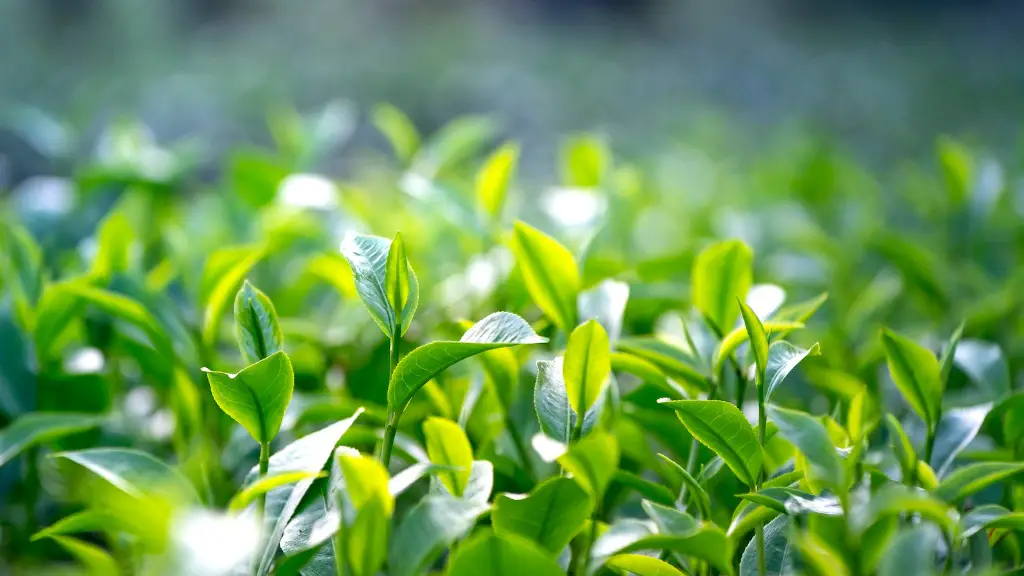Global Warming has been one of the hot topics of discussion for many years now and its effects, both negative and positive, are already making themselves known across many species. One of the most affected parts of the animal population is, unfortunately, the ones living in Polar Regions, such as the Arctic Circle. This is because of the rapid melting of the permafrost, snow and ice of the region, that is causing a massive shift in temperature that threatens the ecosystem of the Polar Regions and its inhabitants.
Animals such as the polar bears and Arctic foxes have been identified as potentially under the most threat from warmer climates. According to a study published in Nature Climate Change, the future of polar bears’ populations is at stake as ice melts faster in the Arctic and prevents them from hunting and accessing their food sources. Moreover, as ice melts, so does the homes and mating grounds for sea and land birds, diminishing their respective populations. The destruction of the region’s ice structures, where these animals take refuge, and their traditional migration patterns, can lead to a decrease in their numbers and loss of species.
On the contrary, quite a few animals seem to be benefiting from climate change. Species of mammals such as the beaver, sika deer, and coyote, have adapted to the new environment and now live significantly farther north than they used to before. Scientists theorize that because of the melting of the area’s glaciers, the land surface scape has changed, presenting these animals with better habitats and food sources. Thus, it is possible that these species will find the new environment more favourable to their lifestyle and that their numbers may increase over time.
In any case, if a decrease in certain animal’s populations is not prevented, this could lead to further ecological instability, specifically in Polar Regions and other areas impacted by global warming. To avoid this, investing in more efficient conservational programs, as well as in a more effective reduction of greenhouse gases and C02 emissions, is a must. This would be beneficial not only for the animals but also for our planet’s overall health and sustainability in the long-term.
The repercussions of global warming on the animal population are proving to be far-reaching, and the consequences differ from one region to another. Determining the animal most affected by global warming is something that can be subjective, based on an individual’s opinion or perspective. Nevertheless, the key to a successful future for many species is in the responsible use of resources and the conservation of their environments and habitats.

